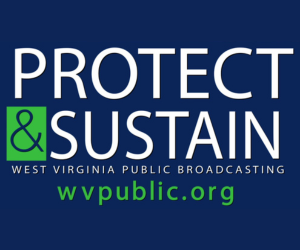Yes, Virginia. There is a Santa Claus
One of the most famous Christmas stories to come out of the 19th century was the short letter to the editor, and the response from the New York Sun newspaper known as “Is There a Santa Claus?” ...
Continue Reading Take Me to More News





















